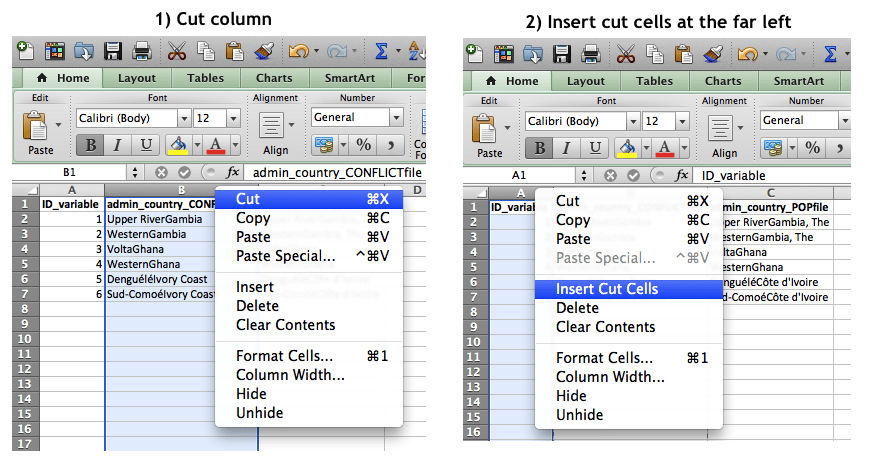


After you are done typing in your equation, click on “OK” For more help, look at DBMS/Copy’s help file on equations (Y:\DBMSCOPY 8\program files\DataFlux\ dfPower Tools\8.0.hlp). The program’s syntax is pretty simple you can also “drop” cases as well. “Goodies” or type “select variable=value” in the last box. You can either double click “select” in the box of This implies that we are deleting all the other cases that are not selected. In this example, we are telling DBMS/Copy to select cases where the respondent is from Belgium, W. (1) To select cases, press “Record Filter & Equations ” (2) to delete variables, press “Variable Information.” (1) Selecting Cases:
STATA DATASETS HOW TO
Step 2: We will show you how to delete cases or delete variables next. Ignore this window and press the “Done” button. If you want to transform SPSS or SAS data sets, look for “SPSS 12.0 for windows” or “SAS 9.1 for windows.” (We use the Eurobarometer 47.1 dataset as an example.) This window pops up. Since you’re dealing with Stata datasets, make sure the program is looking for Stata SE datasets. A window should pop up where you choose the “input” database.įollowing graphs show “DBMS/Copy V7.” We have “DBMS/Copy V8” now. You should get the following menu choices:Ĭlick on the “Interactive” button. Know, it doesn’t matter if you choose either “DBMS/COPY V8 (with DBMSAnalyst)” or just “DBMS/COPY V8”.2
STATA DATASETS WINDOWS
You can tell how large a file is by clicking on it in a Windows window Windows will tell you the size in kilobytes (KB) or megabytes-a megabyte is approximately 1,000 KB (e.g. You can access the program through the Start menu, under Programs/LAN Statistics. Here is how DBMS/Copy works: Step 1: Load up DBMS/Copy. If you want to create a smaller dataset that Stata can use, you can use DBMS/Copy to copy the dataset but to delete a certain number of variables or cases. Using DBMS/Copy DBMS/Copy is a nice program that lets you copy datasets and translate datasets from one statistical package to another. You may abbreviate the number of MB you want Stata to use by dividing the number by 1,000 and adding a lower-case “m” next to the # of MBs. For example, if you want to use a 30 MB dataset, tell Stata to use 35 MB: set mem 35000 Choose a number that is somewhat larger than the size of the dataset you want to use (the reason is that you may need to add variables during your analyses, which will increase the size of the dataset). In this command, # is the number of kilobytes (KB) of memory that you want Stata to use. This is simply done by using the set mem command. Increasing Stata’s Memory Usage The easiest way to use a large dataset is to increase Stata’s memory usage. If your dataset is very large, you may want to consider making your dataset smaller is using DBMS/Copy instead. For Stata SE, we recommend that you set up your computer’s mem to a number larger than the dataset you use, so you won’t have problem opening the dataset or running analyses. Which method you use depends on the size of the dataset the larger the dataset, the slower Stata is going to run.

Using Big Datasets in Stata Josh Klugman and Min Gong Department of Sociology Indiana University On the sociology LAN, Stata is configured to use 12 megabytes (MB) of memory, which means that the user can load up datasets that are no more than 12 MB in size.1 There are two ways to get around this if you are working with a large dataset: increase Stata’s memory usage or use DBMS/Copy to make a smaller dataset.


 0 kommentar(er)
0 kommentar(er)
